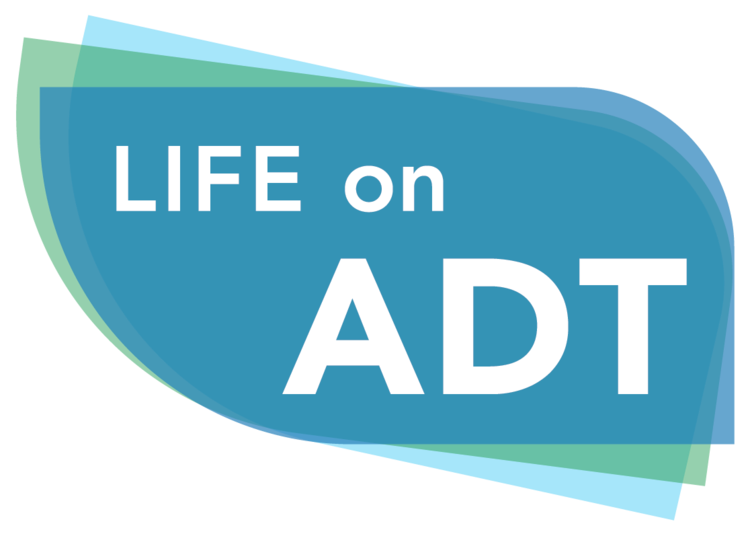Androgen deprivation therapy and the risk of death from prostate cancer among men with favorable or unfavorable intermediate-risk disease. By Keane et al. 2015
Key sentence from the paper: “Neoadjuvant ADT does not appear to reduce PCSM risk in men undergoing brachytherapy for intermediate-risk PC and should not be considered a standard; however it appears superior to [radiotherapy] in men with unfavourable intermediate-risk PC undergoing brachytherapy...”
For the full abstract, see: http://www.ncbi.nlm.nih.gov/pubmed/25925789
Commentary: This is a good retrospective study of over 2,500 men treated for brachytherapy between 1997 and 2013. What is particularly significant about the study population is how they were divided into two groups: individuals with disease considered “favorable” vs. Individuals with disease considered “unfavorable” (i.e. intermediate–risk with a Gleason score of 7). The distinction was made on factors such as whether their Gleason score was 3+4 versus 4+3, with the former considered more favorable than the later.
The key outcome was neither biochemical failure nor overall survival, but prostate cancer specific mortality. For those patients with favorable intermediate-risk the neoadjuvant ADT was not particularly beneficial. In contrast, for those with unfavorable intermediate-risk adding in ADT showed a statistically significant survival benefit. This suggests that those with higher risk may benefit more from ADT than those with lower risk disease.
Keane FK, Chen MH, Zhang D, Moran BJ, Braccioforte MH, D'Amico AV. 2015. Androgen deprivation therapy and the risk of death from prostate cancer among men with favorable or unfavorable intermediate-risk disease. Cancer. 29 April 2015 [Epub ahead of print]
